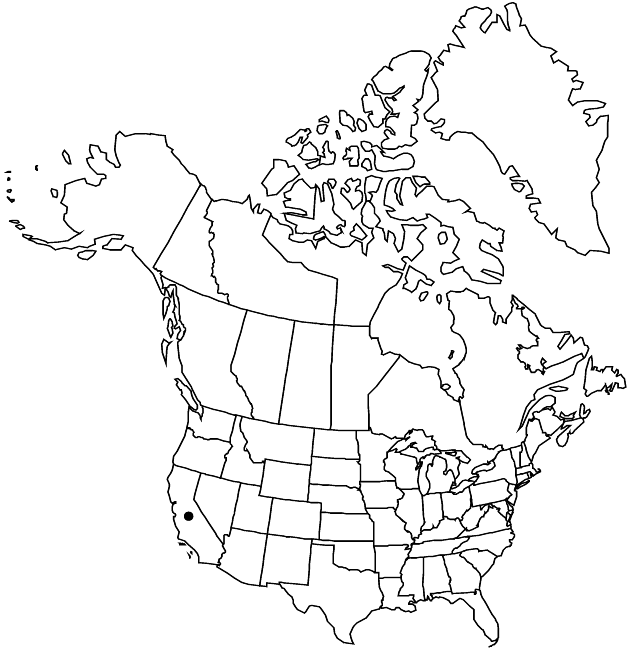Madia radiata
Proc. Calif. Acad. Sci. Sci. 4: 190. 1870.
Plants 10–90 cm; self-incompatible (heads showy). Stems glandular-pubescent, glands yelloish or purple, lateral branches often surpassing main stems. Leaf blades lanceolate to linear, 2–10 cm × 4–15 mm. Heads in open, ± corymbiform arrays. Involucres depressed-globose, 4–7 mm. Phyllaries pilose to hispid (hairs uncinate) and glandular-pubescent, glands yellowish or purple, apices ± erect or reflexed, flat. Paleae readily falling, distinct. Ray florets 8–16; corollas golden yellow, laminae 6–19 mm. Disc florets 18–65, bisexual, fertile; corollas 3.5–5.5 mm, pubescent; anthers yellow to brownish. Ray cypselae black, purple, or mottled, dull or glossy, compressed (strongly arcuate), beaked (beaks adaxially offset, curved). Disc cypselae similar, not beaked. 2n = 16.
Phenology: Flowering Mar–May.
Habitat: Grasslands, openings in woodlands or chaparral, disturbed sites, usually heavy, clayey soils, often from decomposed shale
Elevation: 20–1200 m
Discussion
Of conservation concern.
Madia radiata occurs in the Inner South Coast Ranges and, locally, in the eastern San Francisco Bay area. It sometimes co-occurs with Deinandra halliana; the two species are morphologically similar.
Selected References
None.
